TLDR
A septic tank needs pumping every 3 to 5 years, routine inspections, filter cleaning, and careful water and waste management. Neglecting maintenance leads to backups, expensive repairs, and system failure.
Understanding Septic Tank Maintenance
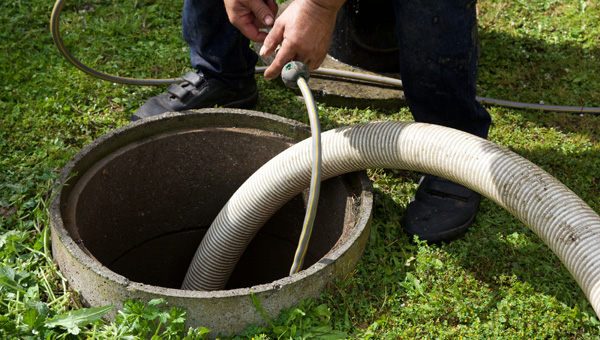
Septic tanks process wastewater safely by separating solids, liquids, and scum. Solids settle at the bottom, liquids drain to the drainfield, and lighter waste floats. Without upkeep, these layers build up and clog the system.
Many homeowners wonder, do septic tanks need maintenance, and the answer is yes, consistent care is critical. Septic tank maintenance is preventative. Regular service reduces repair costs and protects both property and the environment. Sewer Solutions stresses that routine attention keeps your system safe and efficient.
Routine Septic Tank Maintenance Tasks
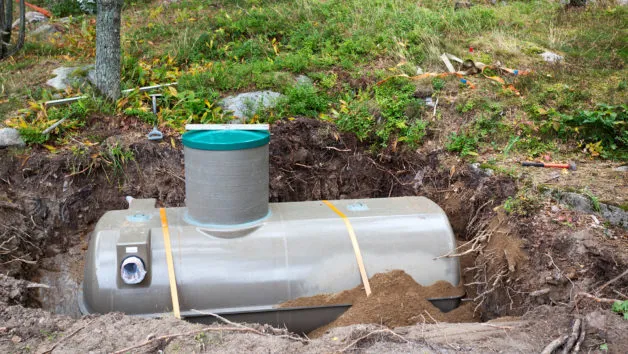
Septic system upkeep requires consistent attention. The most important tasks are:
- Pumping: Every 3 to 5 years, depending on household size and water use, a professional should pump the tank. Large families or high water usage may require more frequent service.
- Inspections: A professional inspection checks sludge and scum levels, looks for leaks, and confirms system performance.
- Filter and baffle cleaning: Effluent filters block solids from reaching the drainfield. These must be cleaned during routine service.
Answering the common question “How often should a septic tank be pumped?” depends on household size, water habits, and tank capacity. A family of four with a 1,000-gallon tank often needs pumping every three years.
Seasonal Septic Tank Maintenance Tips
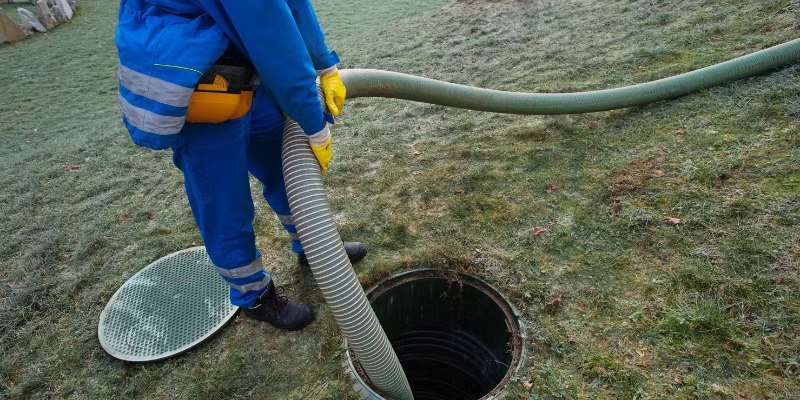
Year-round septic care ensures smooth operation. Each season poses risks:
- Winter: Protect pipes and tank components from freezing. Insulate exposed lines and avoid compacting snow over the drainfield.
- Summer: High water use from guests or outdoor activities can overload the system. Spread out laundry and showers.
- Rainy season: Heavy rainfall saturates soil. Ensure gutters and drainage divert water away from the drainfield.
Signs Your Septic Tank Needs Attention
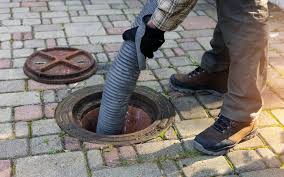
Septic tank warning signs appear early. Recognize them to avoid emergencies:
- Slow drains in sinks or showers
- Gurgling sounds in pipes
- Sewage odors near drains or outside
- Pooling water around the drainfield
- Lush, bright green grass patches above the system
If you ask, “How do I know if my septic tank is failing?” the answer is to watch for these signs and call Sewer Solutions immediately if you notice them.
Common Septic Tank Mistakes to Avoid
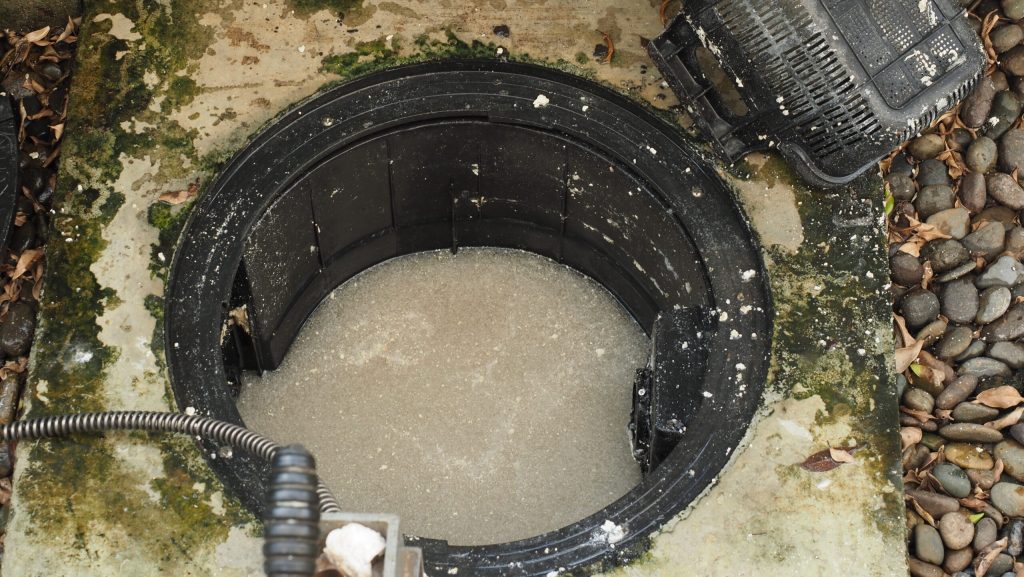
Septic system mistakes shorten system life and increase repair bills. Avoid these errors:
- Flushing wipes, feminine products, or non-biodegradable items
- Pouring grease, fats, or oil down drains
- Using harsh household chemicals or bleach in large amounts
- Overloading the system with heavy water use
- Driving or placing heavy loads on the drainfield
Long-Term Septic System Care
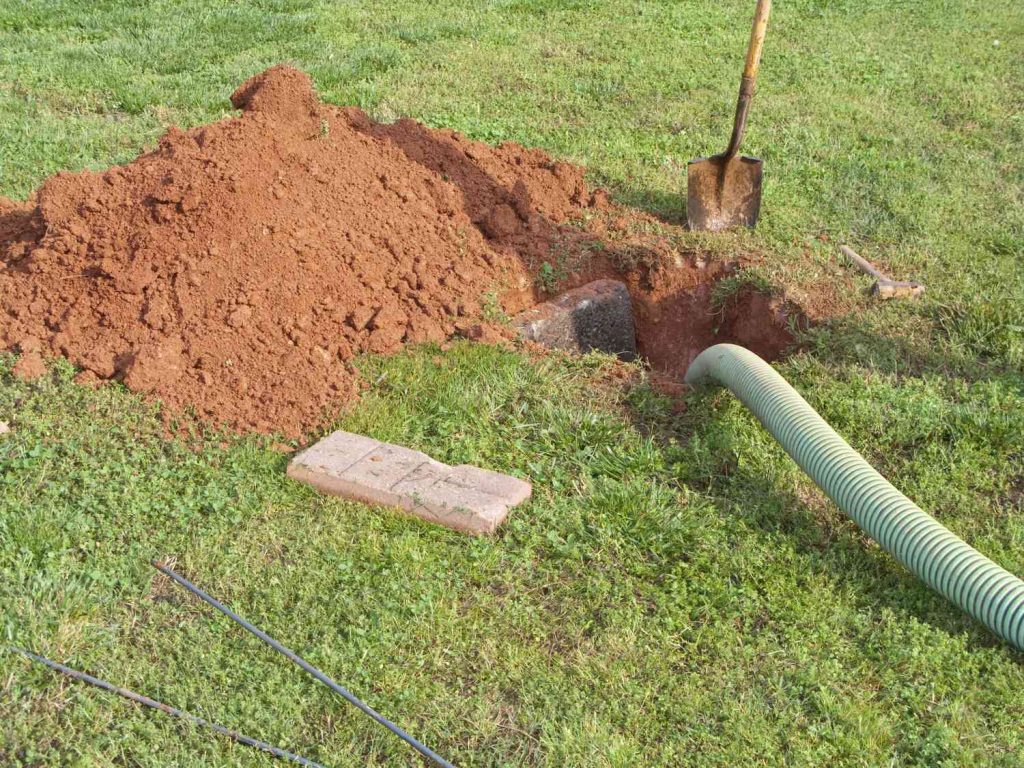
Prolonging septic tank life requires consistent habits. Key steps include:
- Protecting the drainfield from vehicles, structures, or tree roots
- Practicing water conservation through low-flow fixtures and timely plumbing repairs
- Maintaining soil health and landscaping wisely around the system
- Avoiding unproven additives. Some products claim to help but can damage the tank. Professionals advise against relying on them.
If you ask “How to make a septic system last longer,” the answer is consistent care and professional service.
Cost of Septic Tank Maintenance
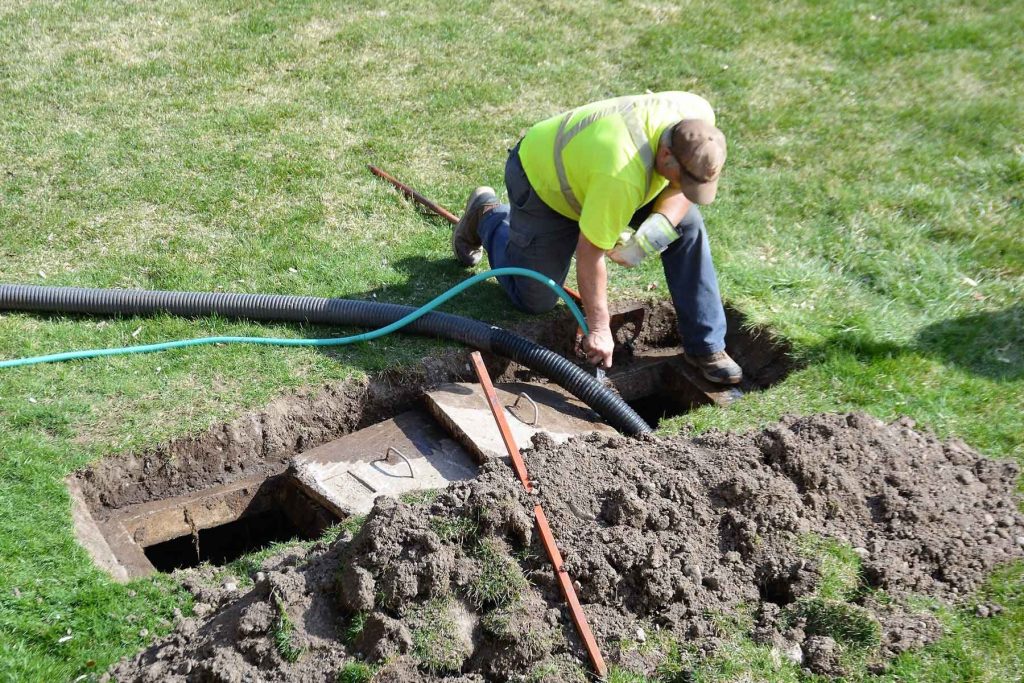
Septic tank service cost varies by location and system size. Typical ranges include:
- Pumping: $300 to $700 on average
- Inspections: $100 to $300
- Repairs: $500 to several thousand depending on the issue
Routine upkeep is cheaper than replacement. A failed septic system can cost $7,000 to $15,000 or more. Investing in maintenance saves money long term. For homeowners comparing long-term care versus replacement, understanding septic tank installation cost is also important, since new system installation is a major expense if maintenance is neglected.
Professional Septic Tank Maintenance Services
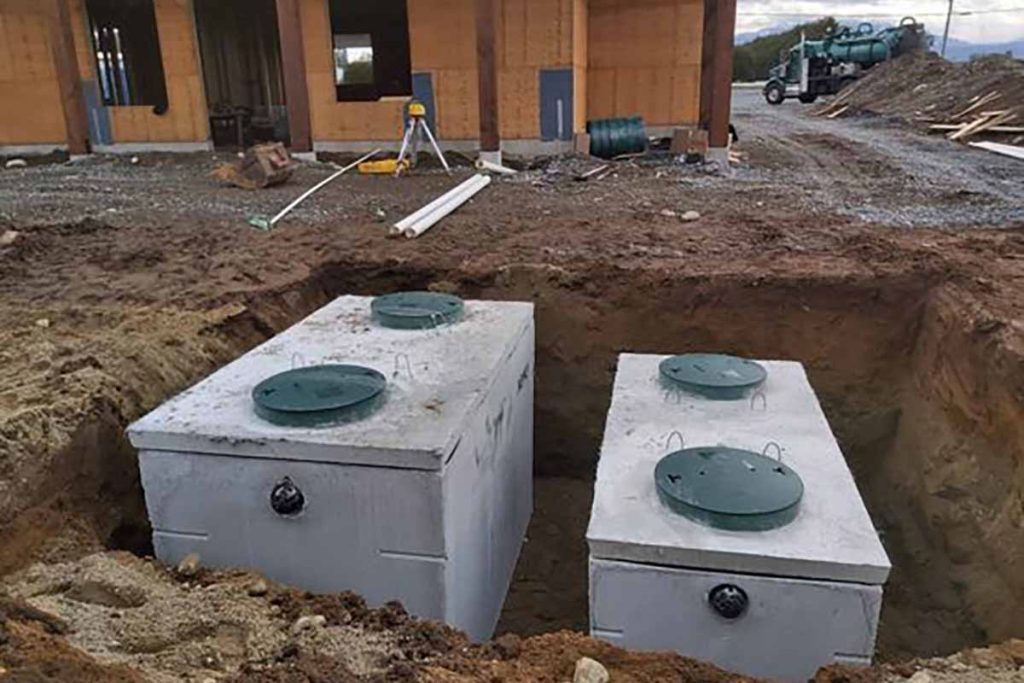
Septic tank contractors provide expertise that DIY efforts lack. Professional service ensures accurate inspections and safe pumping.
- Licensed septic professionals handle sludge disposal according to regulations.
- A septic company near you, like Sewer Solutions, offers reliable service and maintenance records.
- During a visit, expect sludge measurement, filter cleaning, drainfield check, and recommendations for repairs if needed.
DIY efforts risk system damage and personal health. Always hire professionals.
FAQs About Septic Tank Maintenance
How often should I pump my septic tank?
Every 3 to 5 years, depending on household size, water usage, and tank size.
Can I maintain my septic system myself?
You can manage water use and avoid harmful waste disposal, but professional inspections and pumping are necessary.
What household products are safe for septic systems?
Mild cleaners, biodegradable soaps, and septic-safe toilet paper. Avoid bleach, ammonia, and antibacterial products in large amounts.
How do weather and soil conditions affect septic maintenance?
Cold weather risks frozen pipes. Heavy rain can saturate the drainfield. Sandy or clay soils influence drainage and may require more frequent inspections.
Maintaining a Healthy Septic System
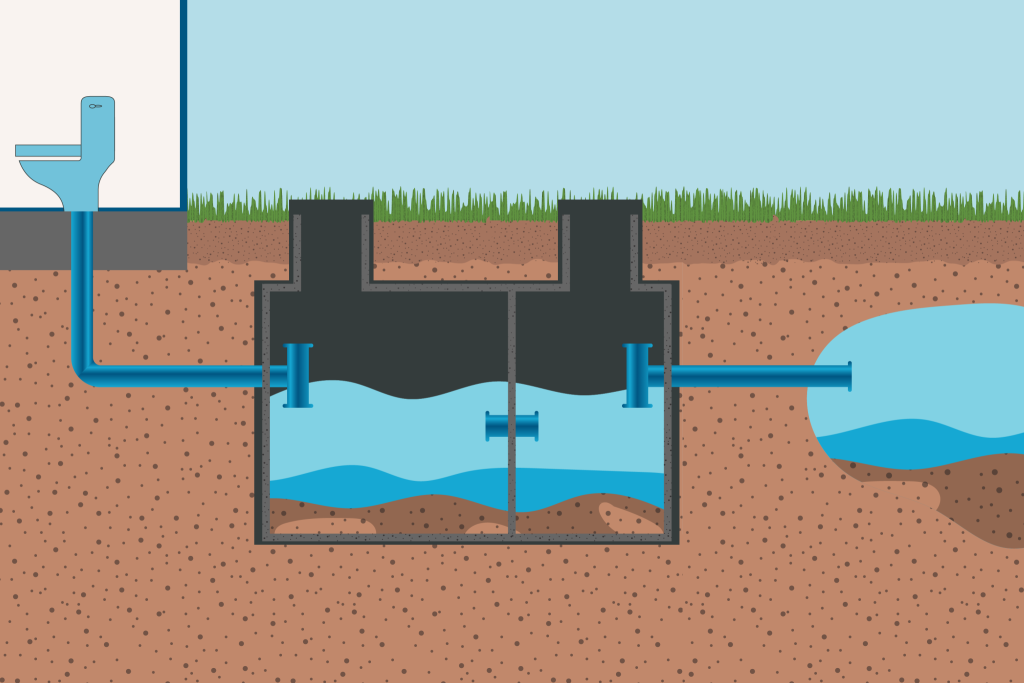
Maintaining a healthy septic system is about consistency. Pump on schedule, monitor water use, and treat the drainfield carefully. Watch for early warning signs and call a professional if problems arise. Sewer Solutions recommends proactive care to extend system life, protect your property, and save money.
By understanding what maintenance a septic tank needs and acting on it, you ensure your wastewater system works safely for decades.